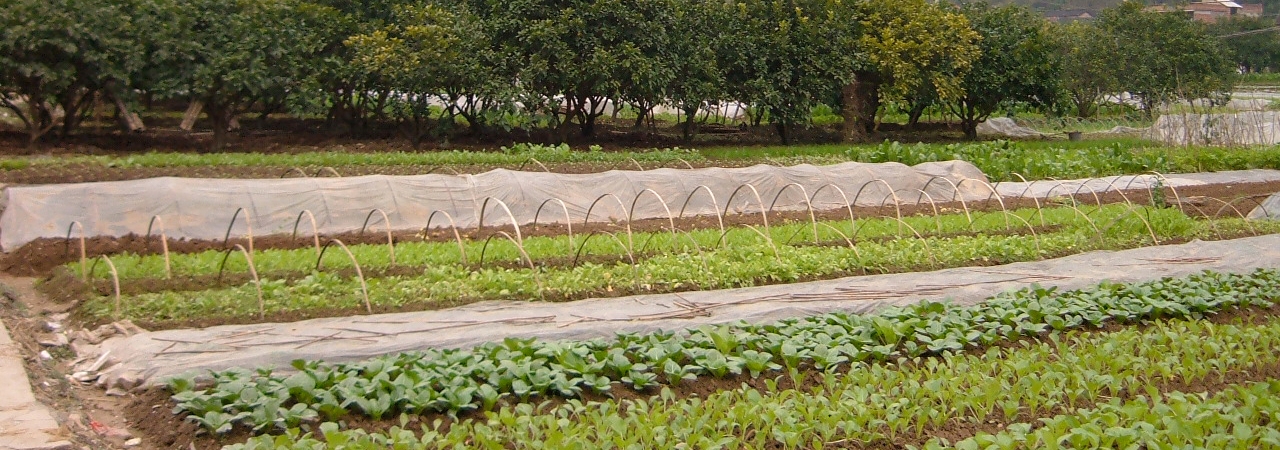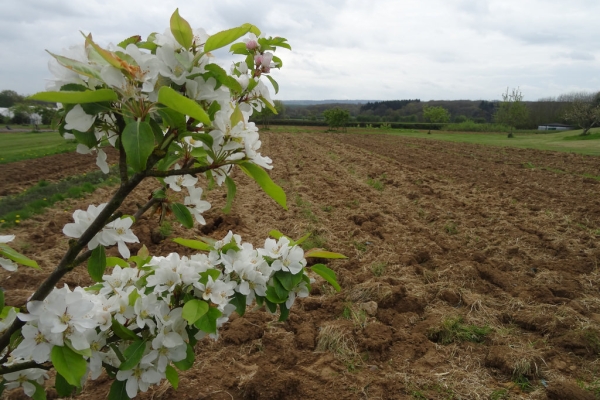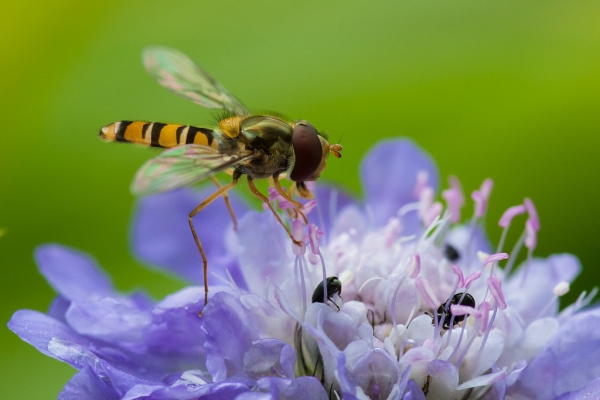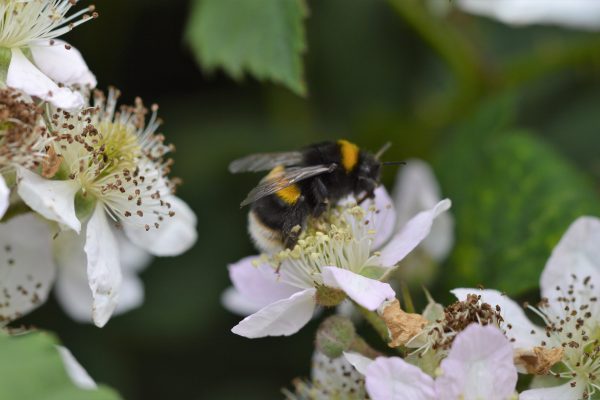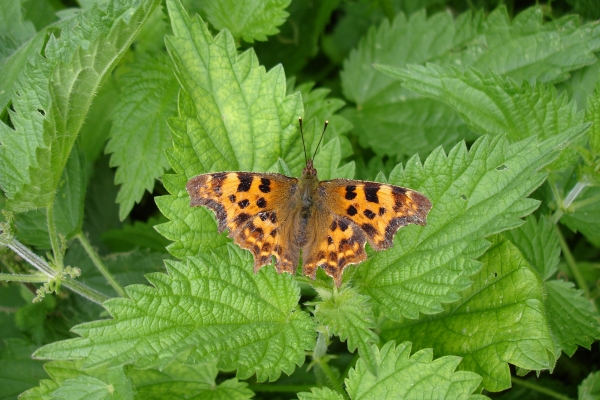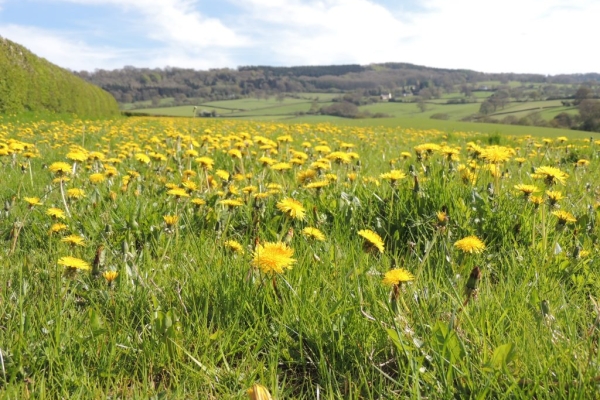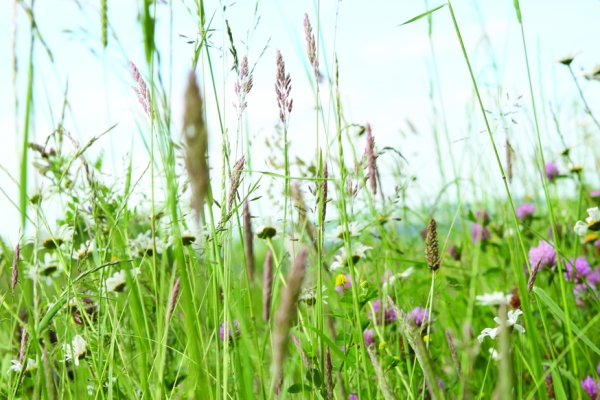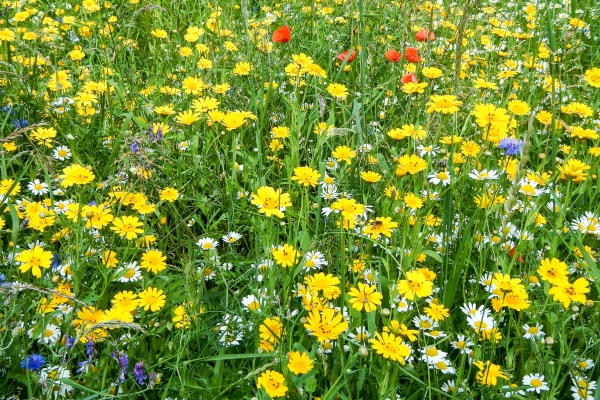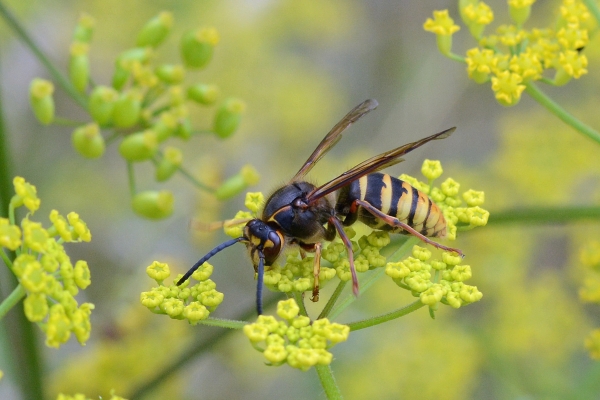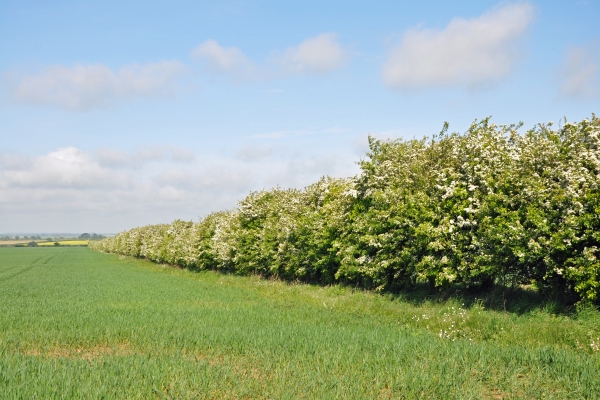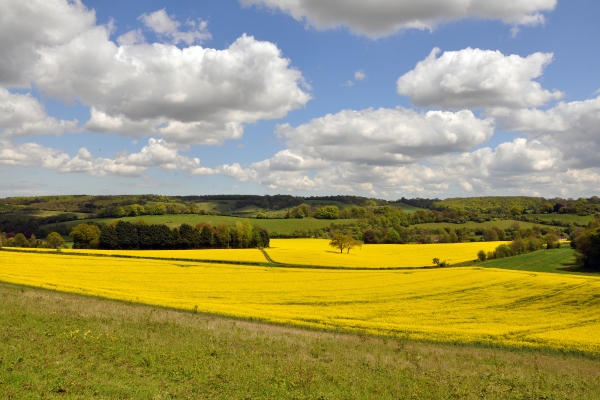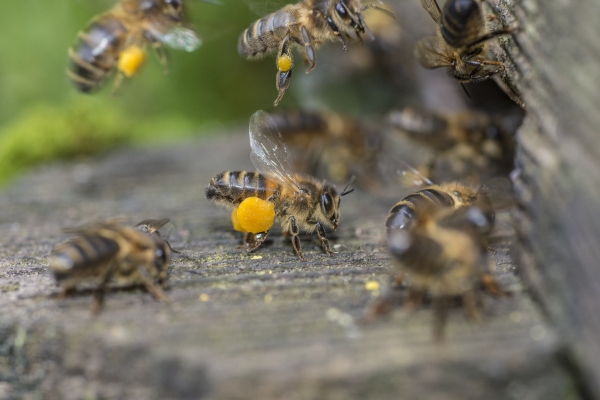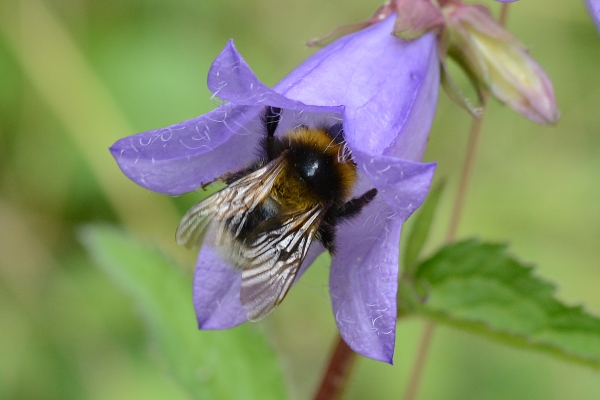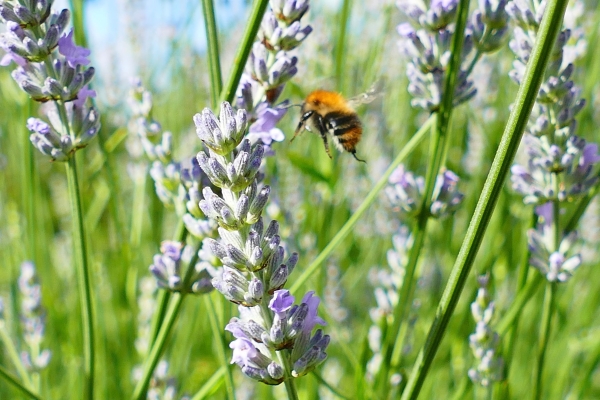Organic Farming Practices
Reducing Harm to Pollinators from Farming
Resource explained
This fact sheet outlines ways in which you can minimise harm to pollinators when farming organically. Whilst the primary target audience is American, much of the principles and practices described are universally relevant.
It provides an overview of how common organic farming practices might affect pollinators and some recommendations of how you can alter your farming practices to improve pollination services and farm biodiversity.
The notes on farming practices and recommendations are divided in to:
- Weed control practices (primary and secondary tillage, flame and hand weeding, different mulches);
- Cultural management of pests (row covers, fruit bagging, classical and conservation biological control, crop rotation and diversity, trap crops, sanitation, crop resistant varieties, using sticky and pheromone traps);
- Other practices such as using cover crops and hay making. There is a useful quick-reference table summarising some key farming practices and whether they are neutral, beneficial or detrimental for pollinators.
Findings & recommendations
- While organic farming does offer many benefits to pollinators, some common practices can harm them. It is important to balance production practices with conserving beneficial insects.
- As in the UK, the role of native bees is crucial in the US due to the decline of the European honeybee because of disease and other factors.
- It may not be possible for you to incorporate all the recommendations outlined in this document in your cropping systems, particularly if you have to consider other priorities such as weed control and pest management. However, in instances where you can follow the recommendations, you could benefit from improved pollination services and a greater biodiversity on your farm.
- Many of the practices that protect pollinators also protect insects that can help manage pests.
- When implementing weed control practices, you need to be particularly mindful of ground-nesting insect populations.
- The most favourable pest cultural management farming practices rely on a more holistic approach, reducing the need for use of pesticides, helping boost habitats and providing additional food for pollinators whilst also encouraging beneficial insect predators.
Related articles
A fantastic guide from the CEH providing detailed information to help you manage and protect our most valuable pollinators on your farmland.
Encourage pollinators on your farm by creating and managing their natural habitats such as wildflower meadows, hedgerows and field margins.
Game & Wildlife Conservation Trust information on managing flower-rich habitats on your farm with links to some important research.
Wild pollinators need you! This new resource looks at low budget ways you can provide more food, nesting and overwintering sites on your farm without...
Bees for Development practical management tips for different areas of your land, to help encourage wild flower species and pollinators.
Simple steps that farmers can take to halt the decline of bees and other insect pollinators in Wales, relevant to the British Isles.
This note provides information on how to establish and manage nectar flower mixtures to encourage pollinators.
Do you know which and how many pollinators and beneficials you are encouraging on your farm? This webinar, recorded as part of AHDB Strategic Farm...
Practical steps you can take to ensure hedges on your farm support pollinator populations and improve the pollination of your crops.
Practical advice on how we as farmers and growers, can manage pollinators and achieve optimum returns, and pointers for policymakers.
Insect pollinators: their pollination techniques, foraging behaviour and relevance in relation to crops, flowering plants, and biodiversity.
Improve crop productivity and quality whilst encouraging pollinators through implementing a few simple environmental measures.
Organic vegetable farmer Andy Dibben puts forward the case for allowing complex insect ecosystems to develop or be proactively encouraged on farms, describing ways in...
